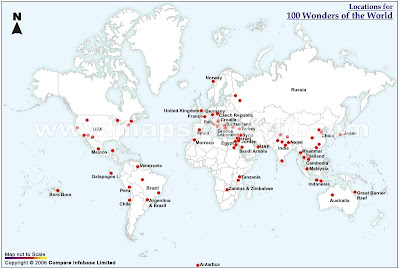- Every MP in the Lok Sabha or the lower house of the Indian parliament under the age of 30 had inherited a seat.
- More than two thirds of the 66 MPs aged 40 or under are hereditary MPs.
- Every Congress MP under the age of 35 was a hereditary MP.
- Nearly 40% of the 66 ministers who are members of the Lok Sabha were hereditary members.
- Nearly 70% of the women MPs have family connections.
Interestingly, for MPs over 50, the proportion with a father or relative in politics was a rather modest 17.9%. But when you looked at those aged 50 or under, this increased by more than two and a half times to nearly half, or 47.2%.
Most agree that growing nepotistic and lineage-based power in the world's largest democracy is a matter of concern. "The idea of India," political scientist Mahesh Rangarajan told me, "is rent apart by these two contradictory impulses."
But nepotism is a part of India life; and politics mirrors society. Power, wealth, land and status have hinged to a large extent on who your parents were, what they owned and where they stood in society. Most Indian businesses continue to be owned and run by families though the new economy is throwing up more first generation entrepreneurs. Bollywood, India's thriving film industry, is dominated by sons and daughters of famous actors and producers. Three members of one family - Nehru-Gandhi - have held the post of prime minister. If the Congress party wins the next elections and PM Manmohan Singh steps down, there is a likelihood of the dynast Rahul Gandhi becoming India's next prime minister. (It is no surprise that 37% of the MPs - 78 of 208 - in Congress are hereditary compared to only 19% hereditary MPs - 22 of the 116 - in the main opposition BJP.)
Despite French's troubling data, all may not be lost. "Please remember," Dr Rangarajan told me, "the MPs have lineage as a huge plus, but the posts are not hereditary." In other words, if they fail to deliver, they will be voted out of power. Merit triumphed over dynasty in the recent elections in dirt-poor Bihar. So though lineage remains a key factor in politics, remind analysts, it can only give a headstart, and nothing more. Thank democracy for that.
Reference:BBC- | 09:18 UK time, Tuesday, 18 January 2011
http://www.bbc.co.uk/blogs/thereporters/soutikbiswas/2011/01/is_india_sliding_into_a.html

